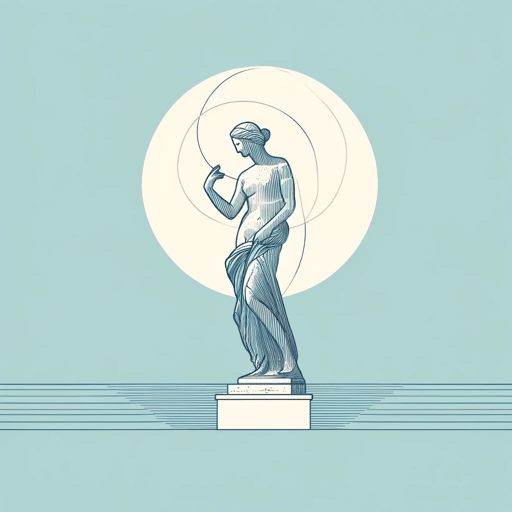17 pages • 34 minutes read
John KeatsOn Seeing the Elgin Marbles
Fiction | Poem | Adult | Published in 1817A modern alternative to SparkNotes and CliffsNotes, SuperSummary offers high-quality Study Guides with detailed chapter summaries and analysis of major themes, characters, and more.
Poem Analysis
Analysis: "On Seeing the Elgin Marbles"
Keats’s “On Seeing the Elgin Marbles” is an ekphrastic poem—a poem that describes a work of visual art. The work of visual art in question, as the title reveals, is the Elgin Marbles, a set of Greek sculptures that once decorated the Parthenon in Athens. The sculptures would have been over 2,000 years old when Keats saw them on display in London. However, the poem is an unusual take on the typical ekphrastic poem. In fact, the first two lines of the poem do not describe the sculptures at all, and may even catch the reader by surprise: “My spirit is too weak—mortality / Weighs heavily on me like unwilling sleep” (Lines 1-2). These opening lines signal that what really interests Keats is not the Elgin Marbles themselves but the emotion that seeing these ancient sculptures evokes in him.
Keats does not describe the sculptures in so many words. He does not say what scenes, mythological or mundane, are portrayed by the sculptures, does not explain what condition they are in, does not remark on their historical context or significance. His ekphrasis, rather, is introspective. “On Seeing the Elgin Marbles” is first and foremost a poem about 







Related Titles
By John Keats

Endymion: A Poetic Romance
John Keats

La Belle Dame sans Merci
John Keats

Meg Merrilies
John Keats

Ode on a Grecian Urn
John Keats

Ode on Melancholy
John Keats

Ode to a Nightingale
John Keats

Ode to Psyche
John Keats

On First Looking into Chapman's Homer
John Keats

The Eve of St. Agnes
John Keats

To Autumn
John Keats

When I Have Fears That I May Cease to Be
John Keats
